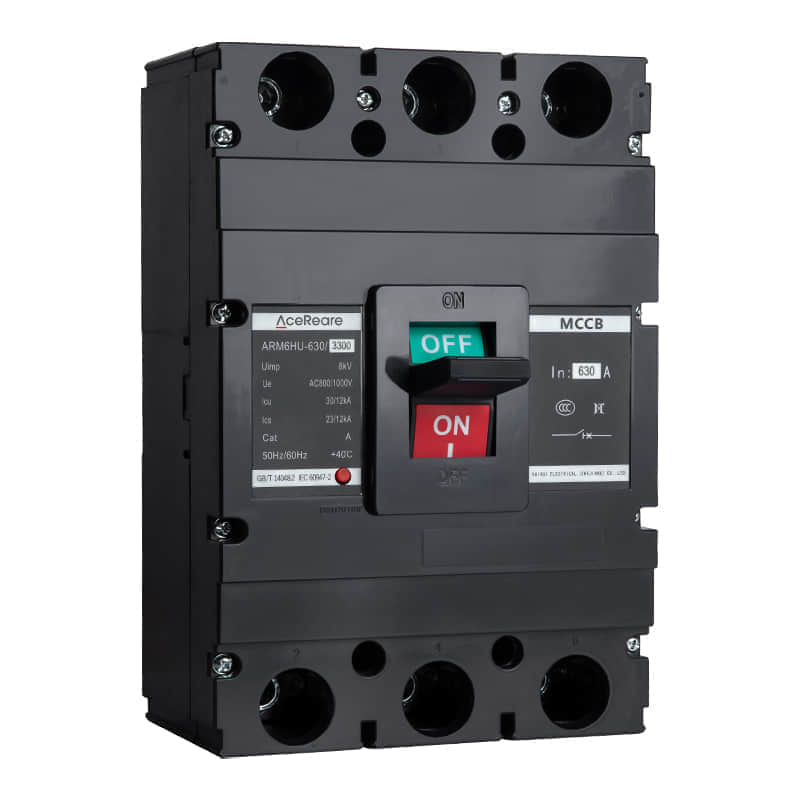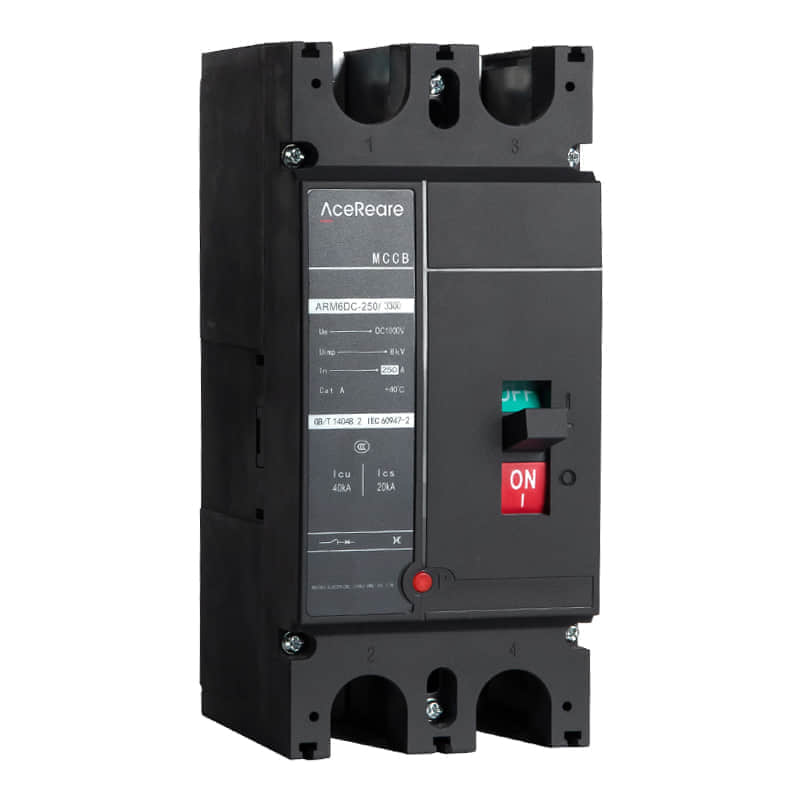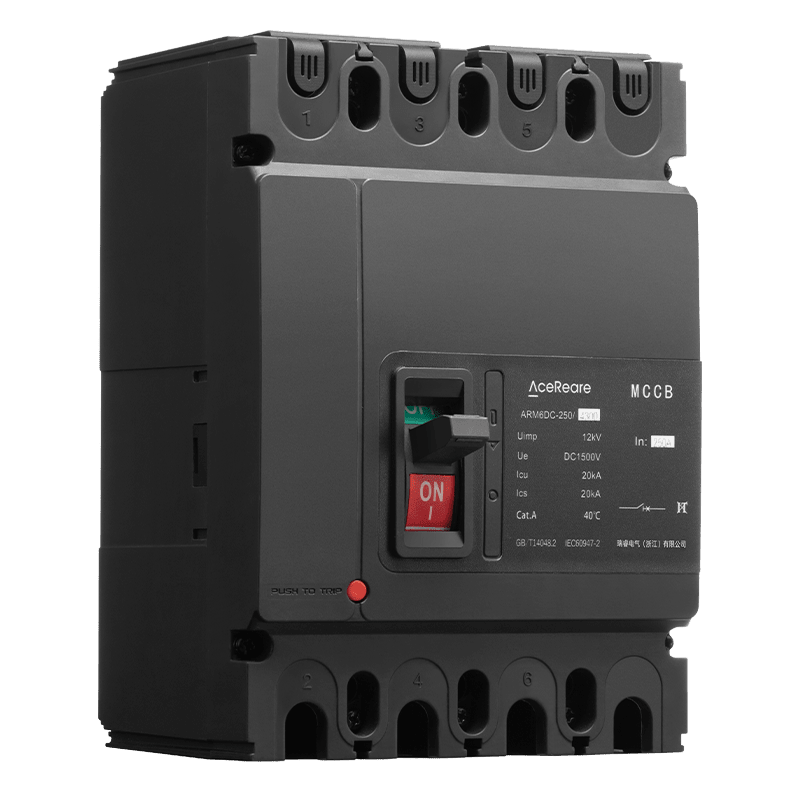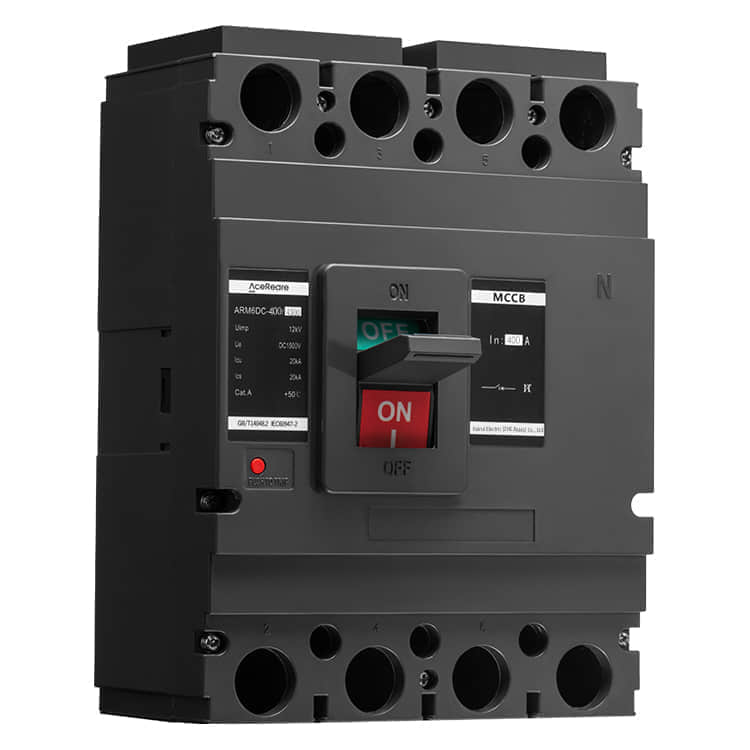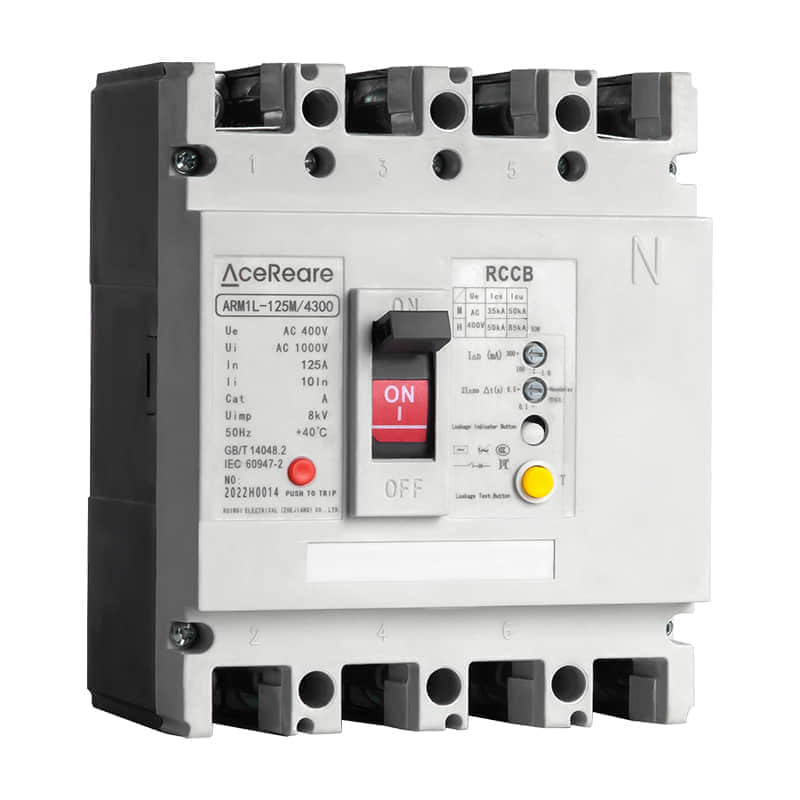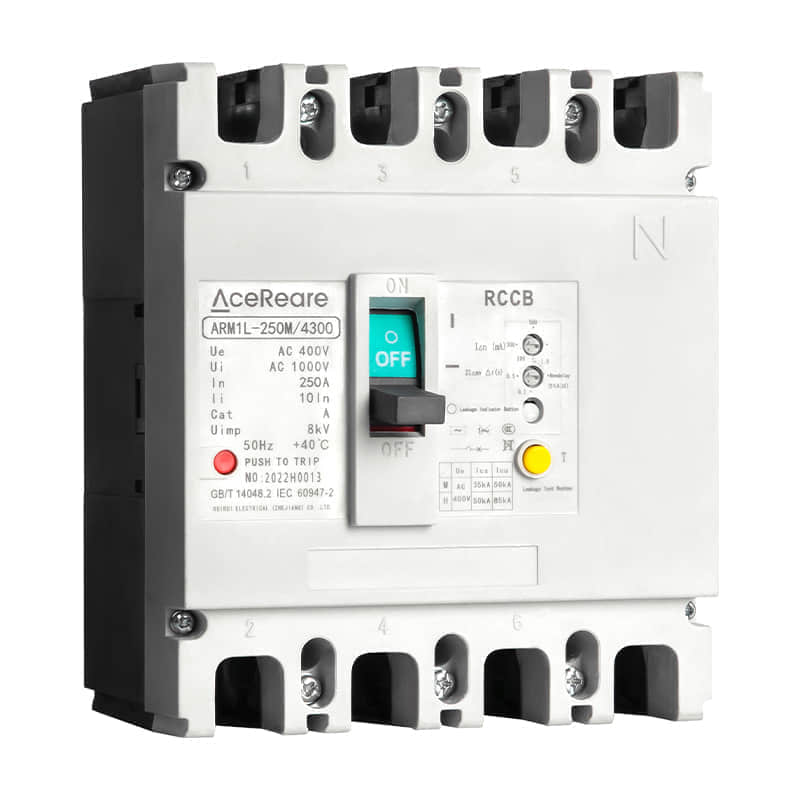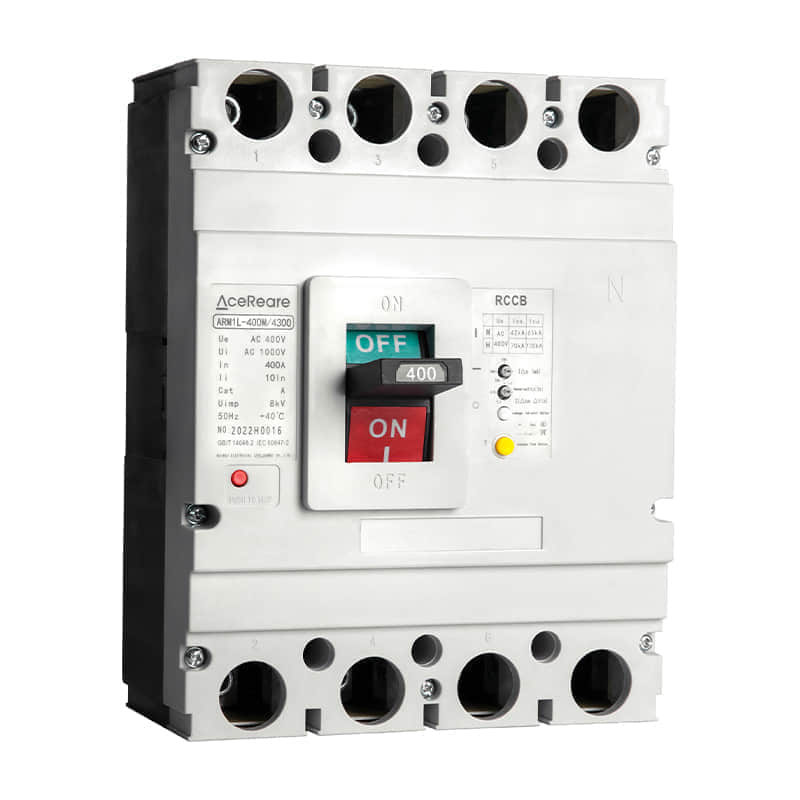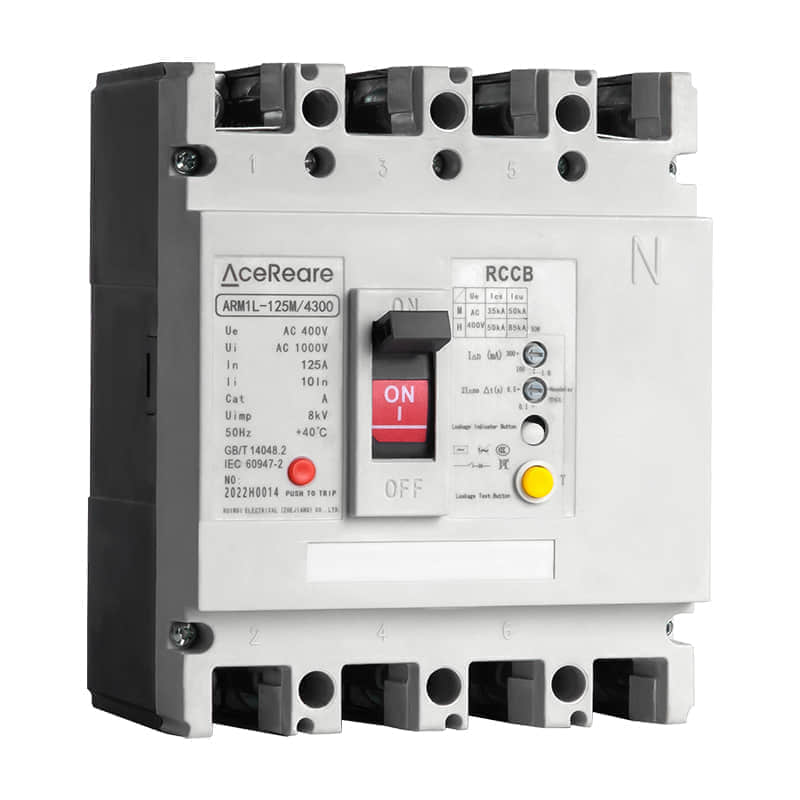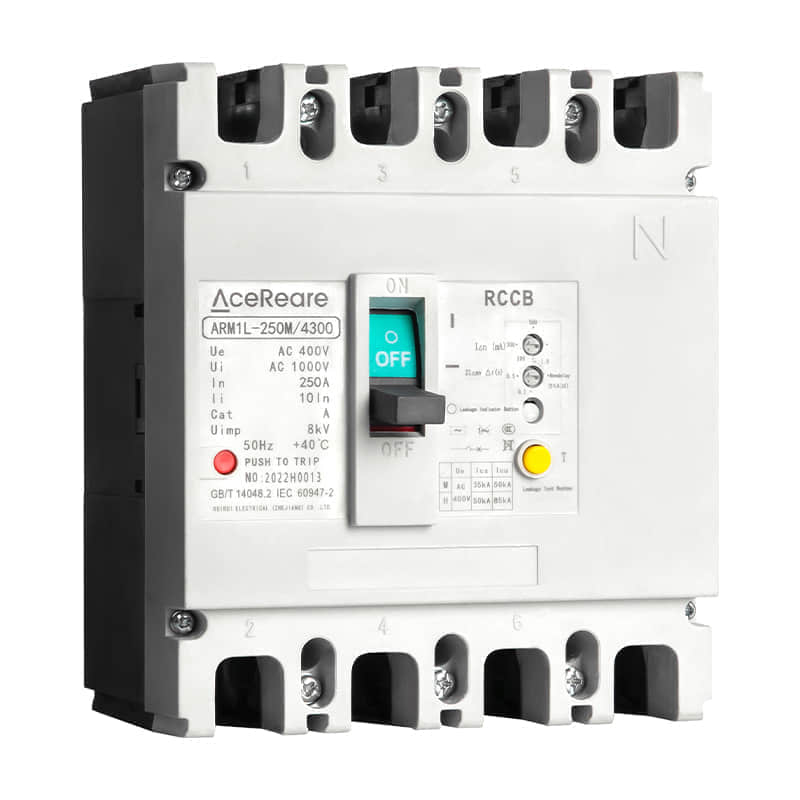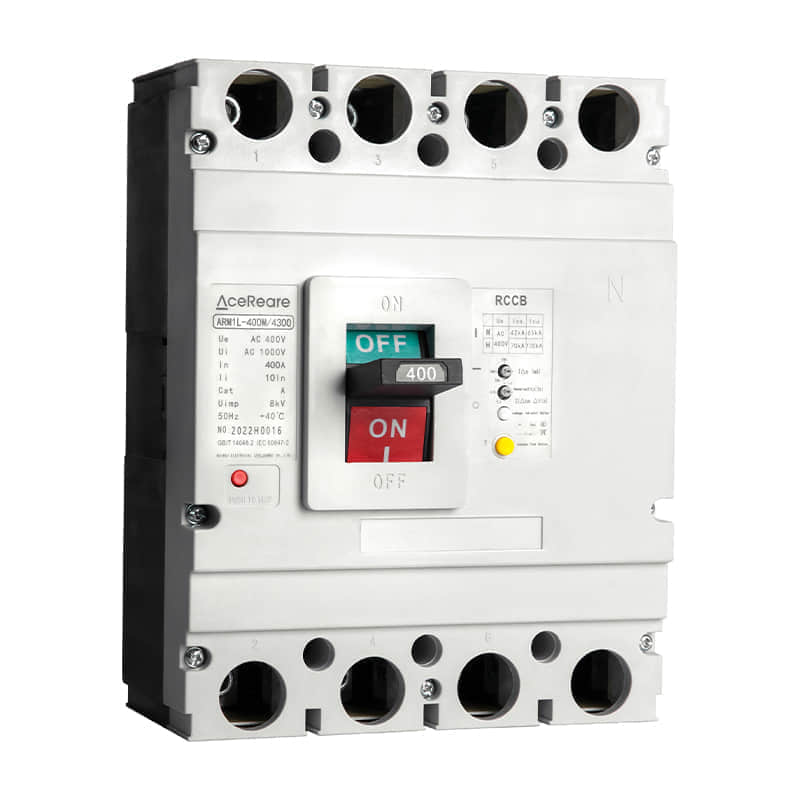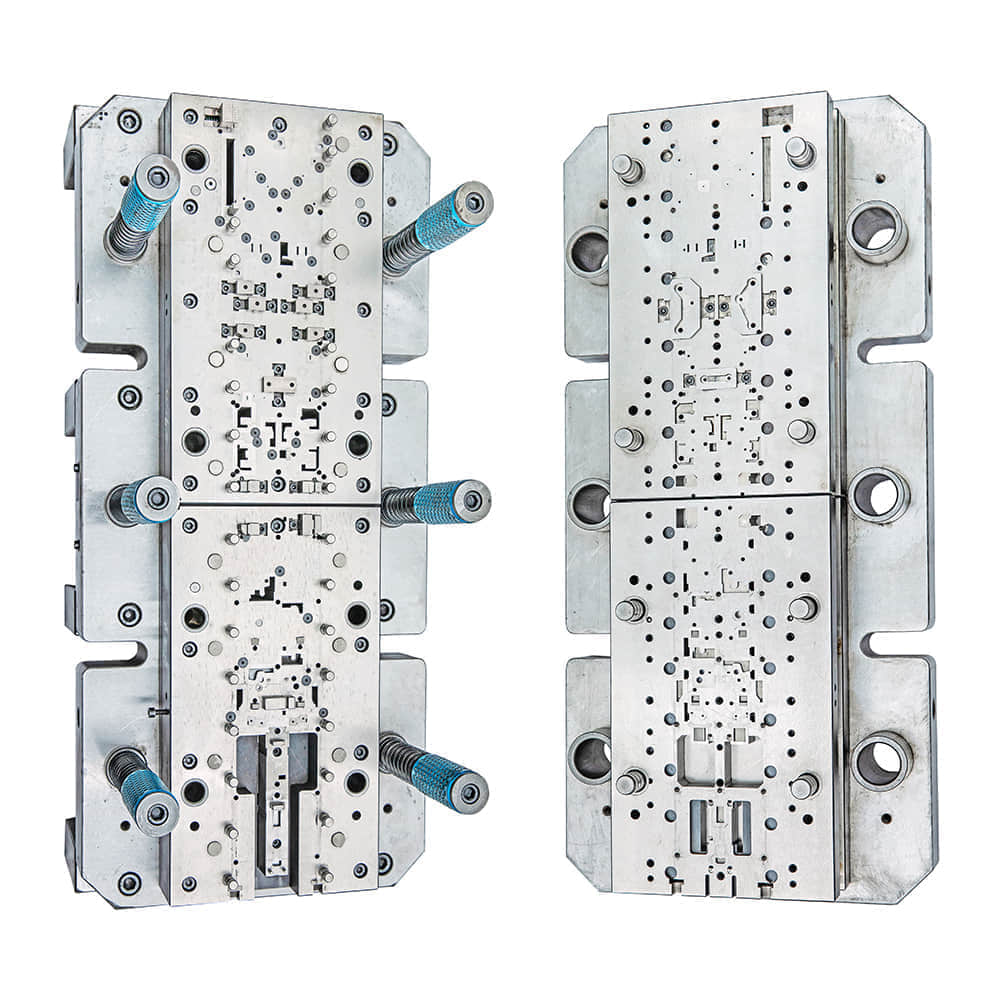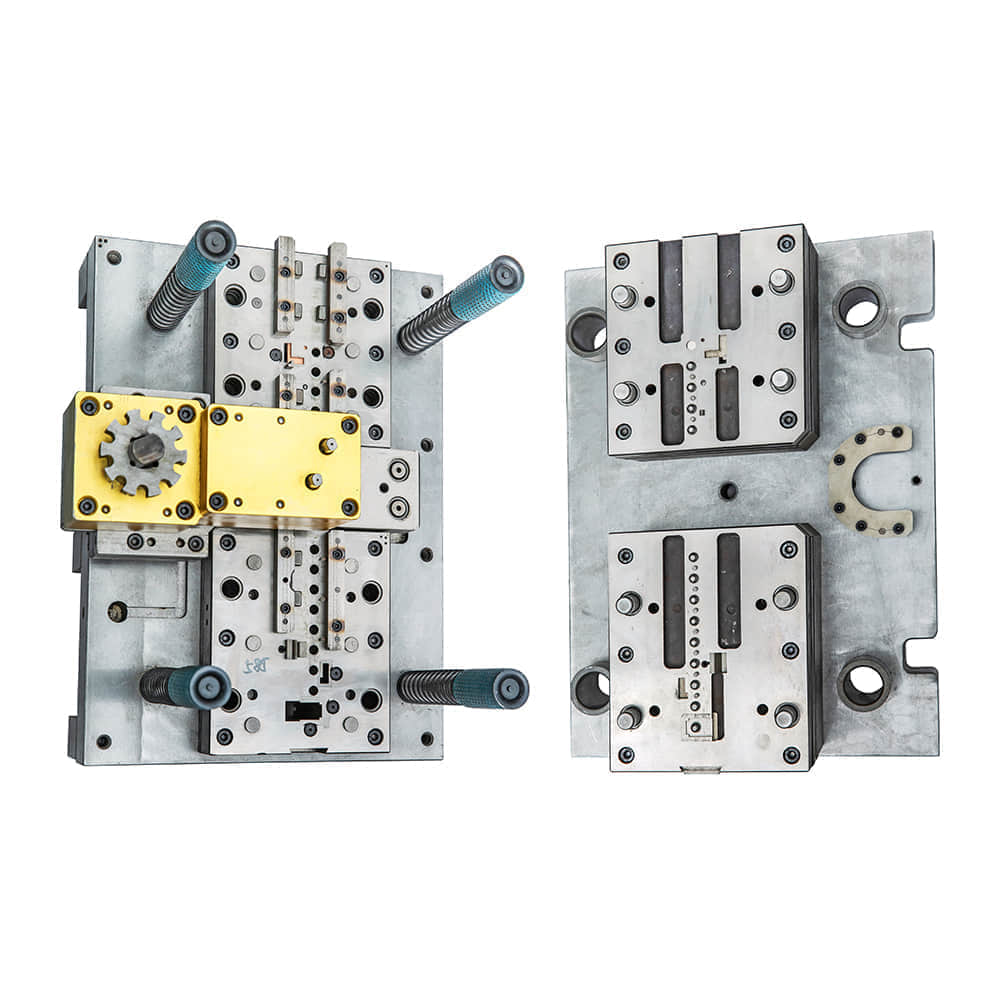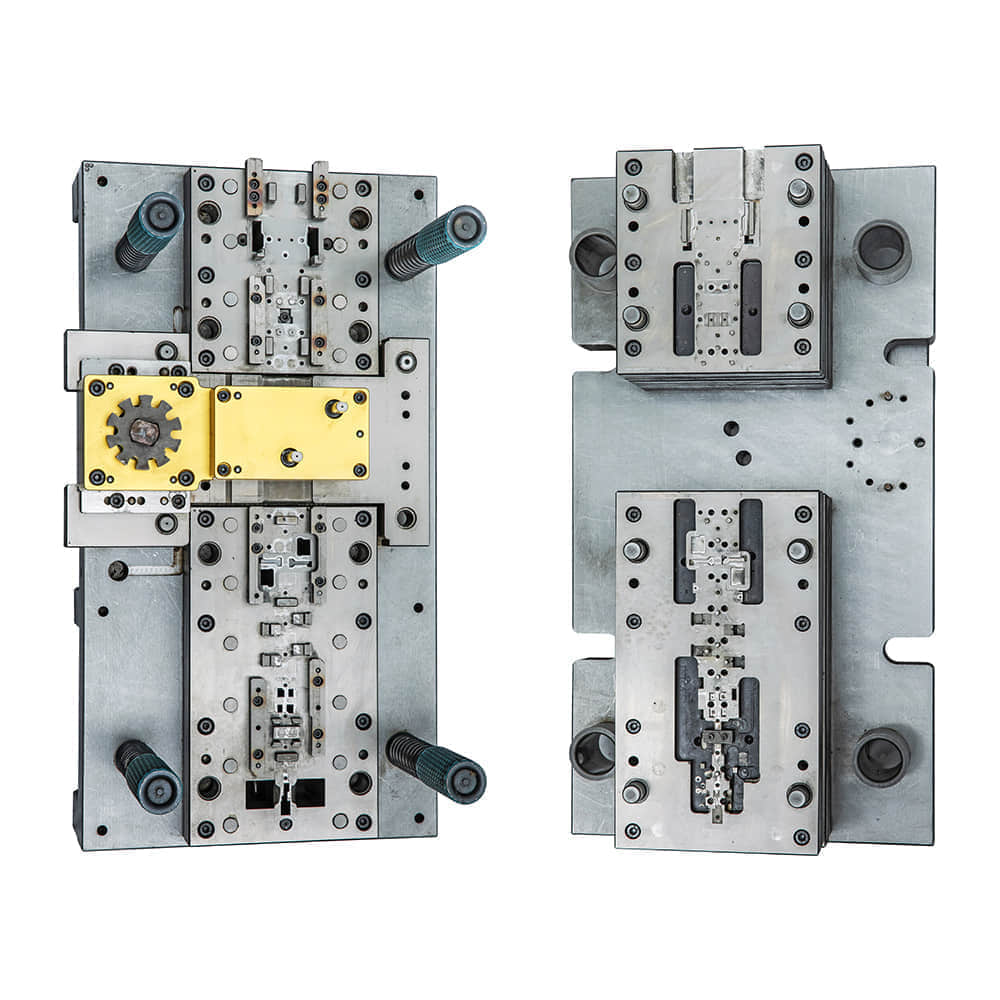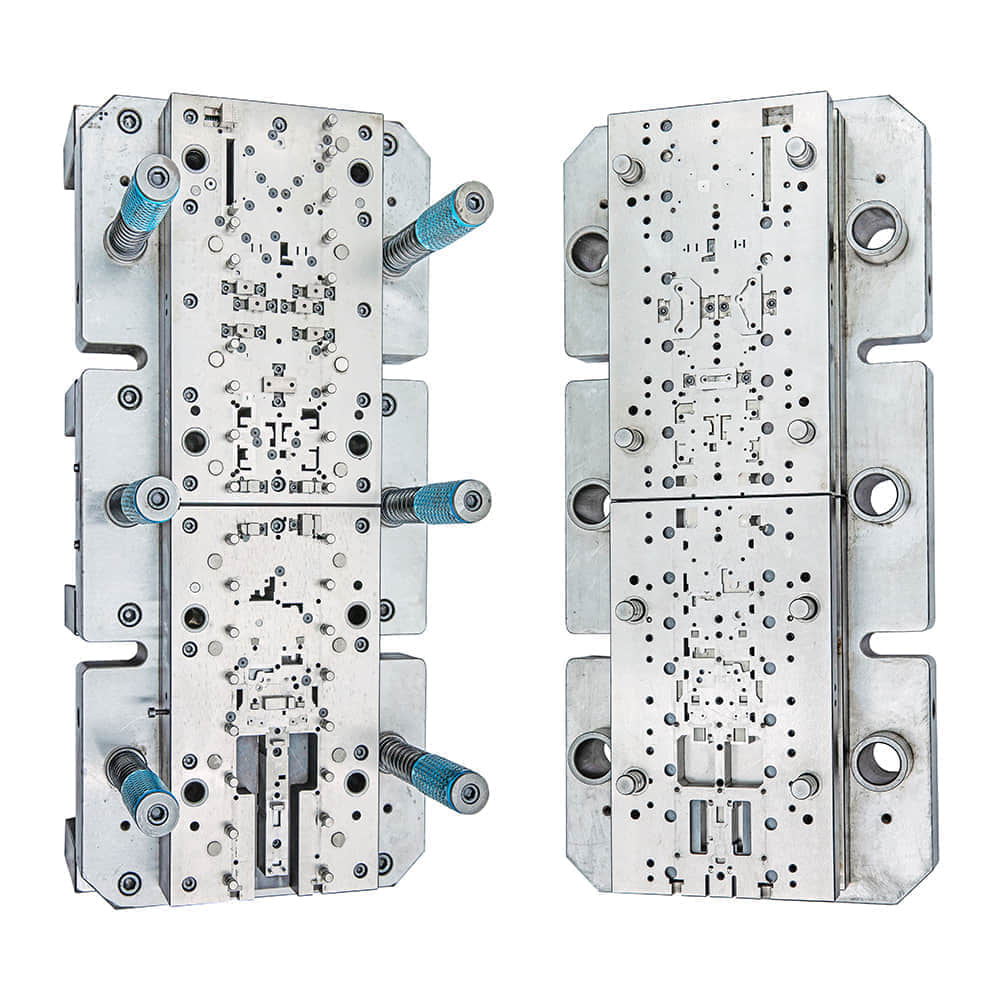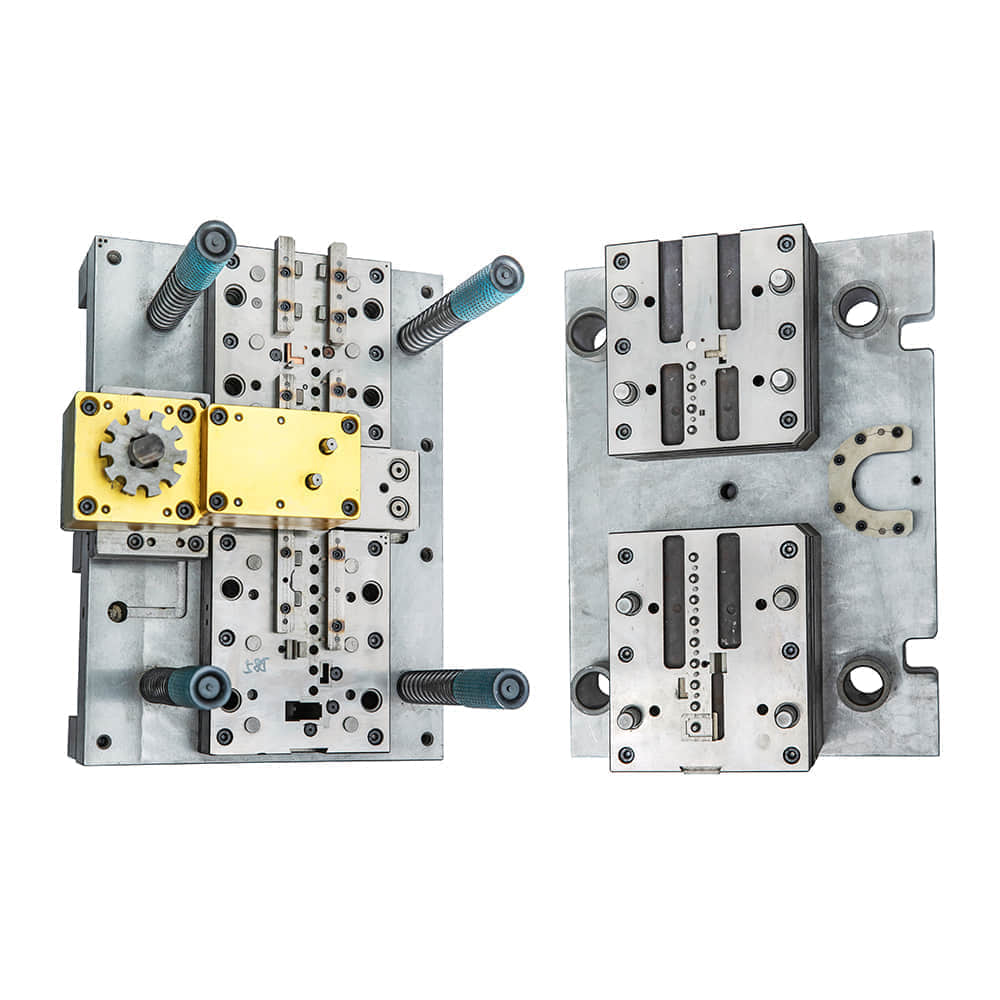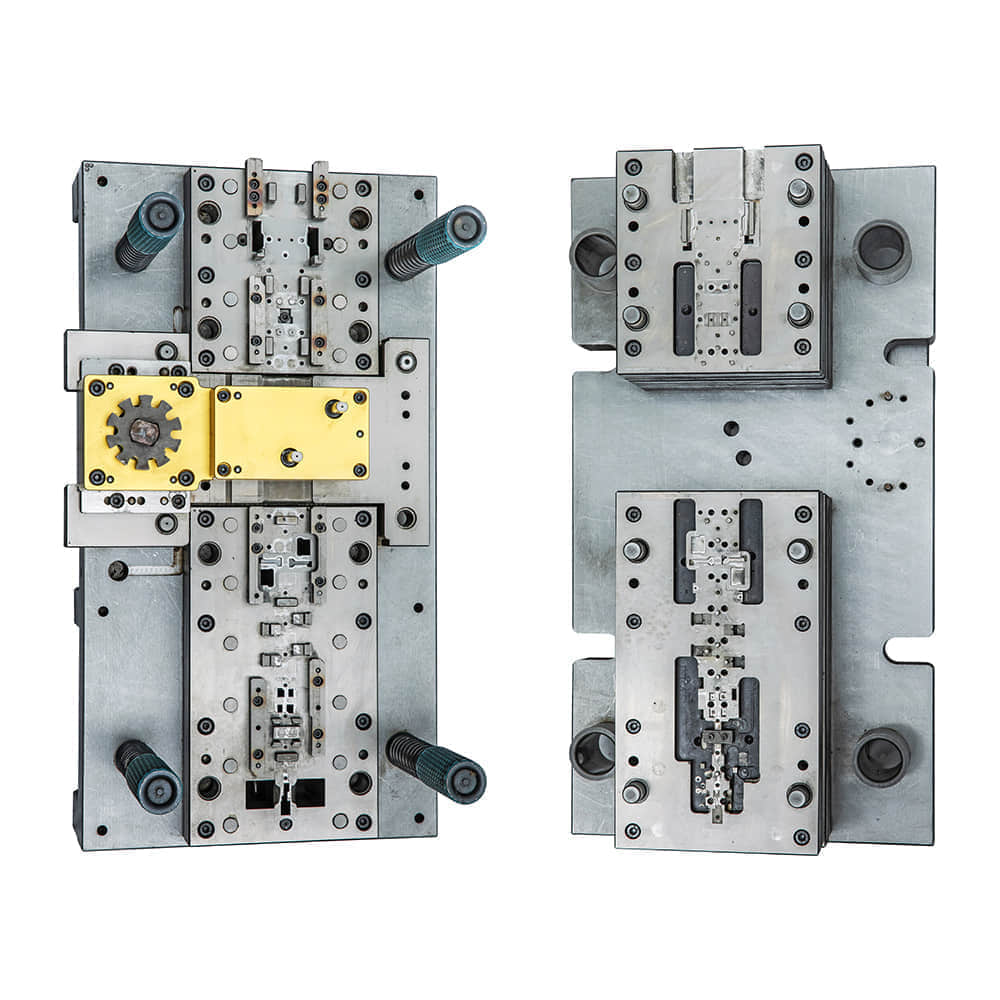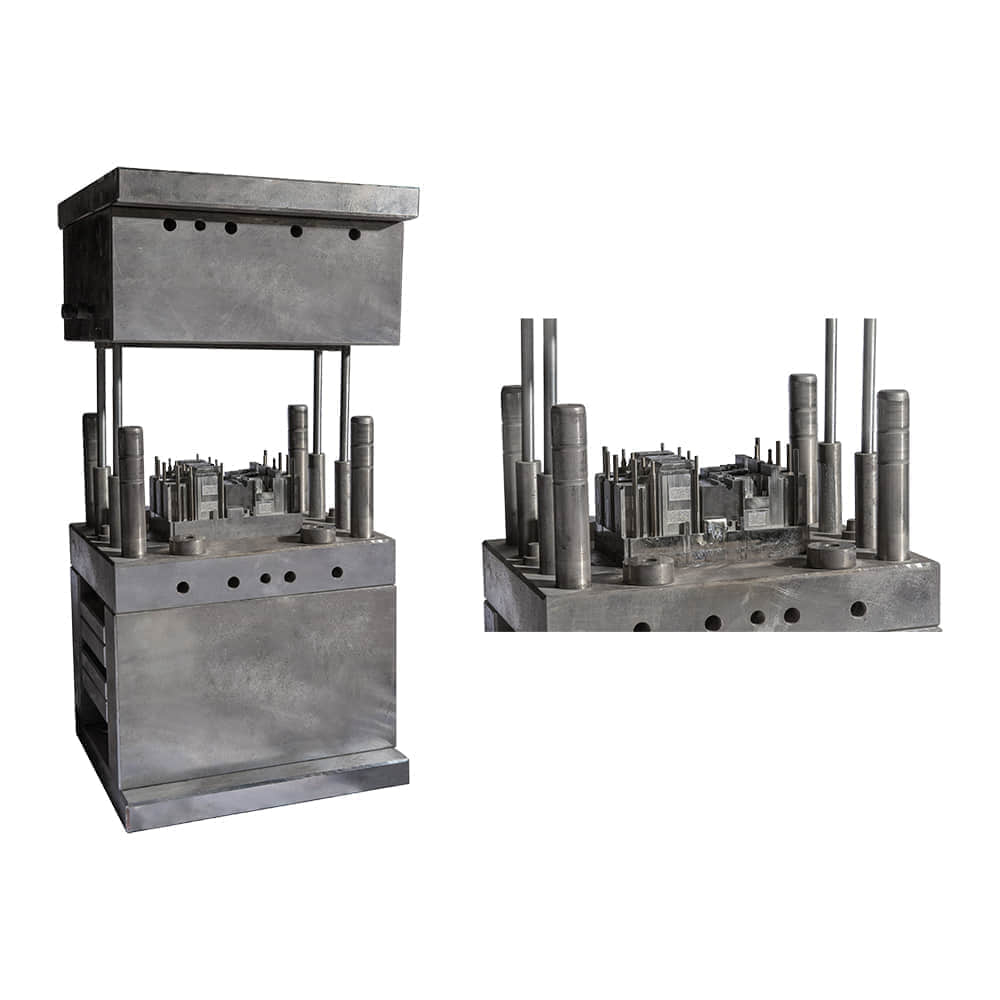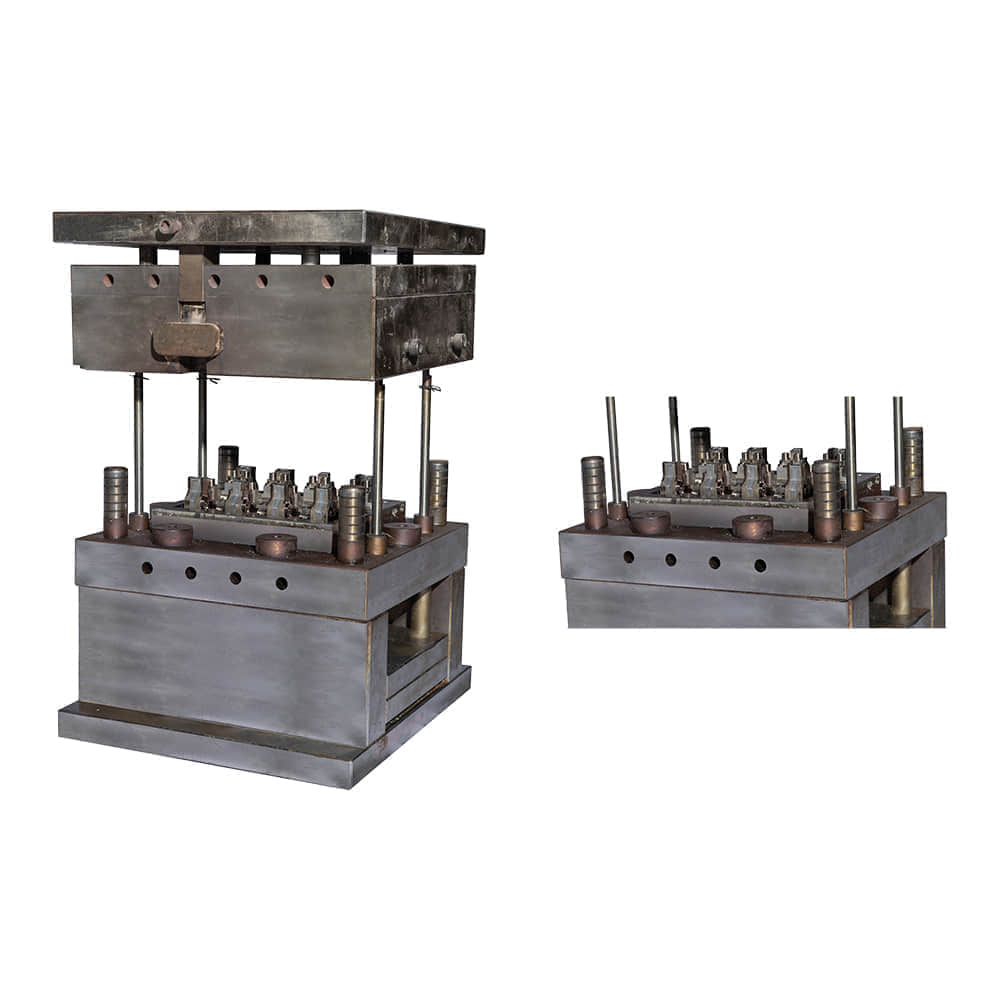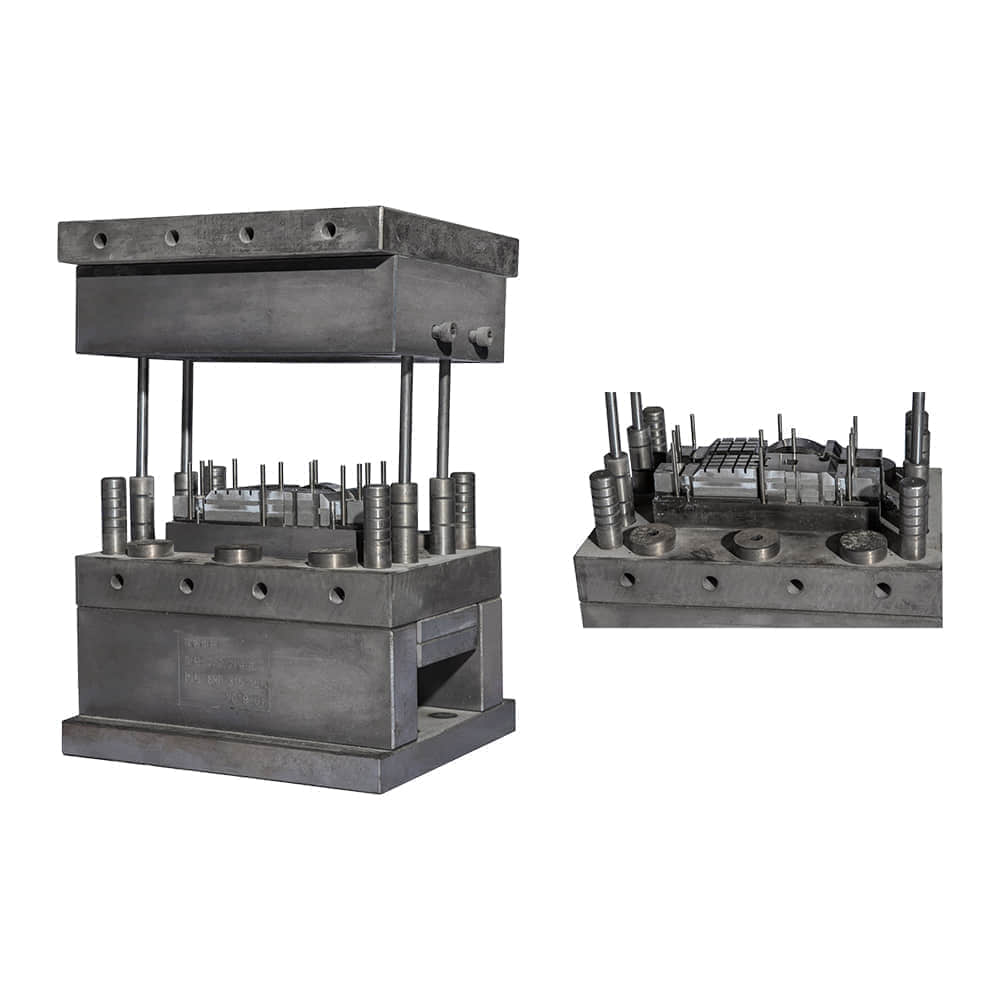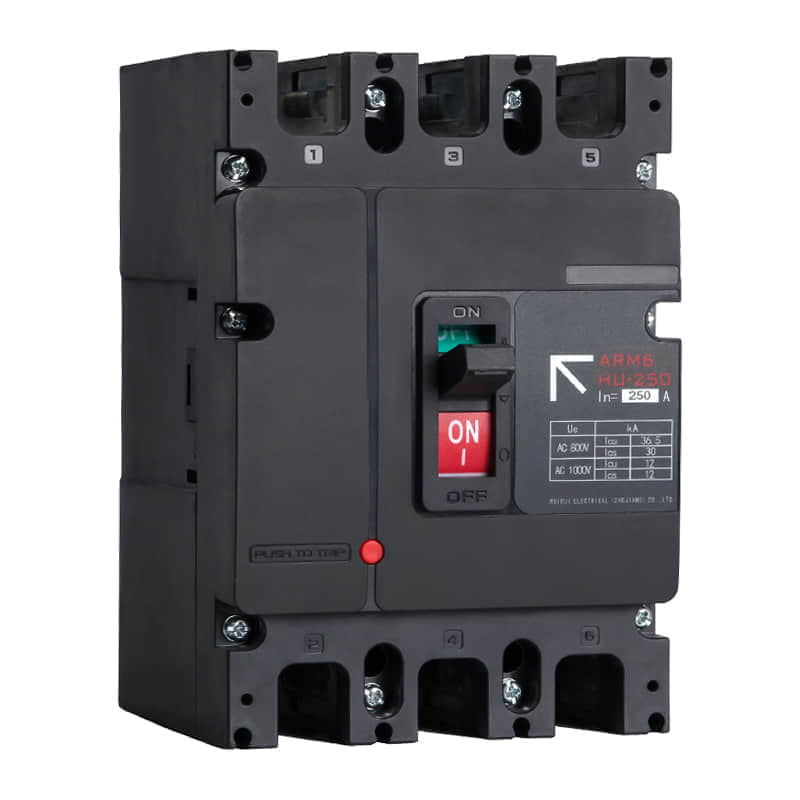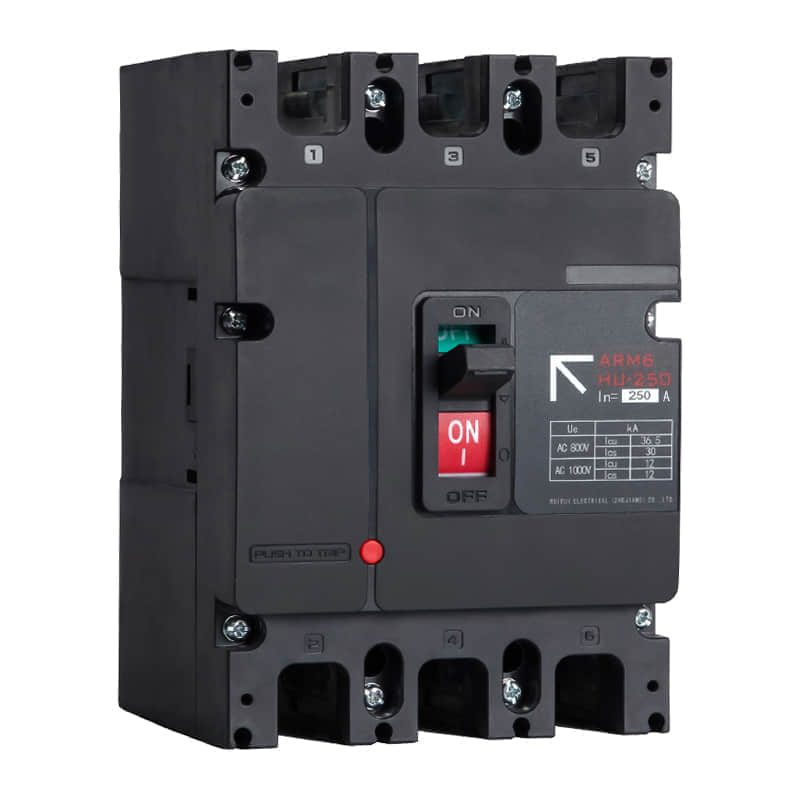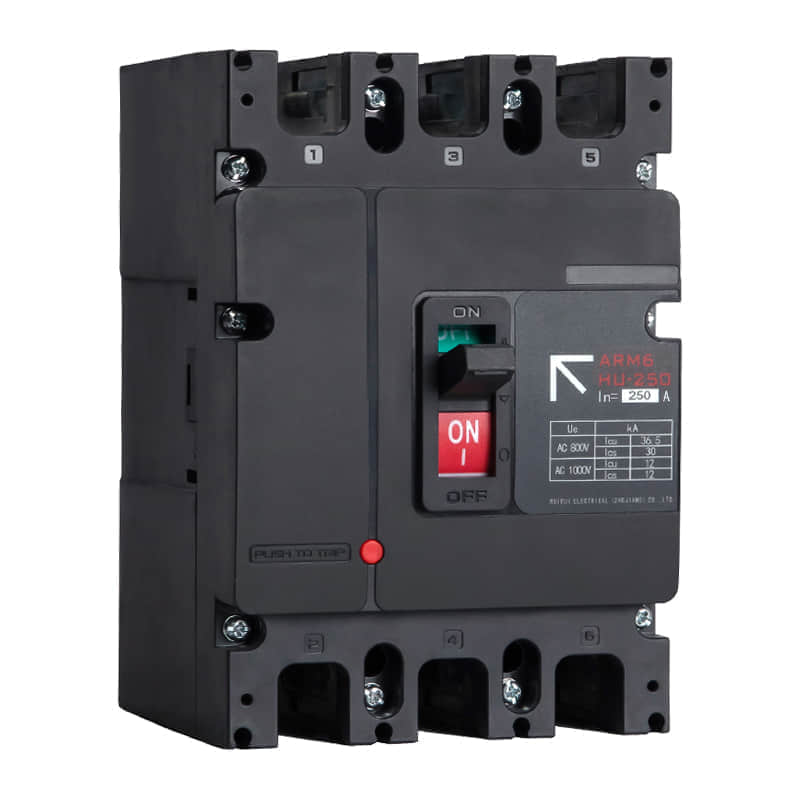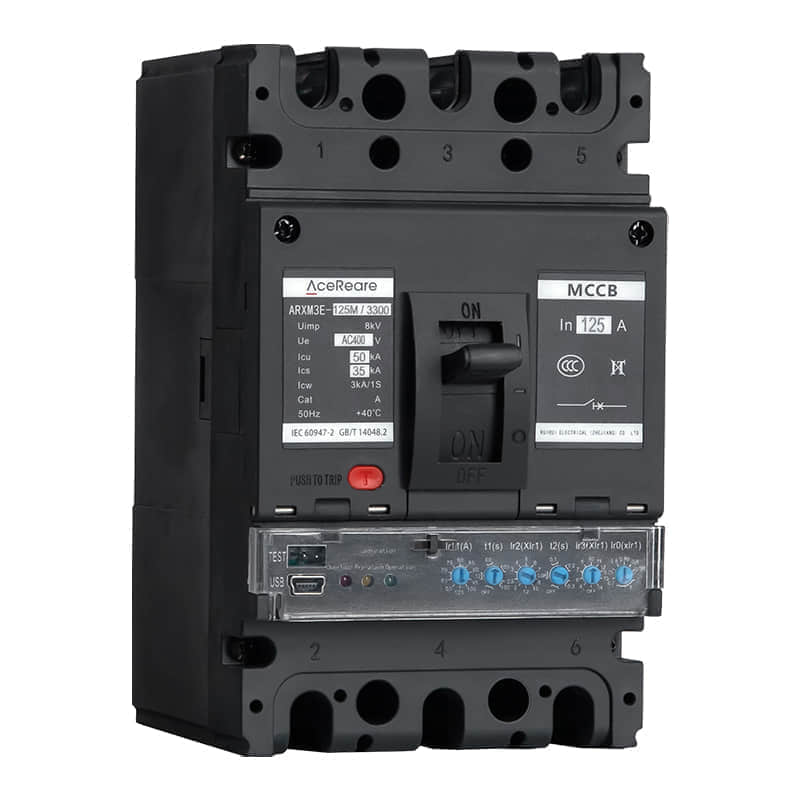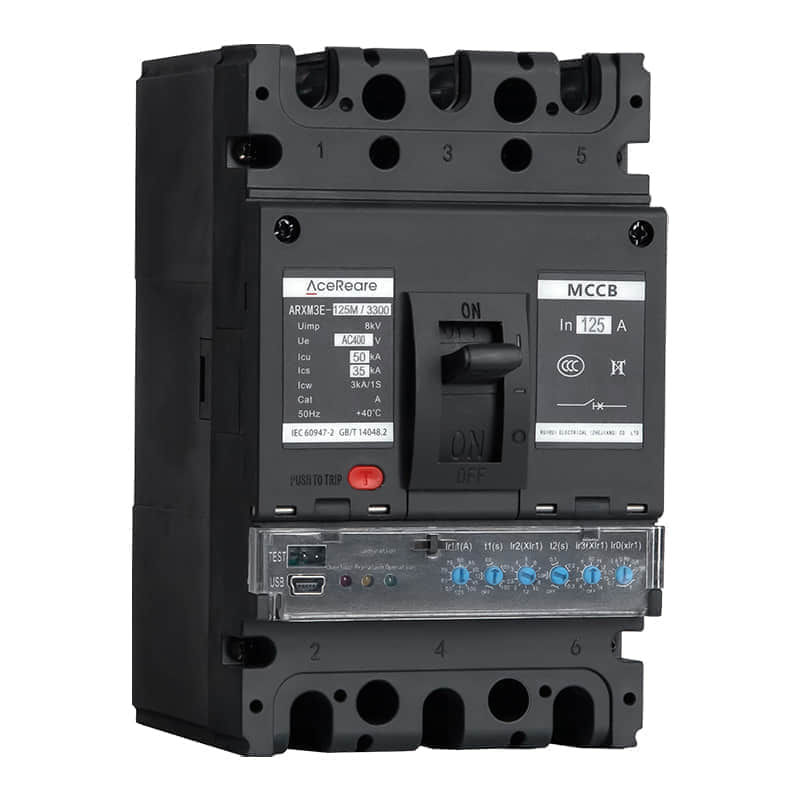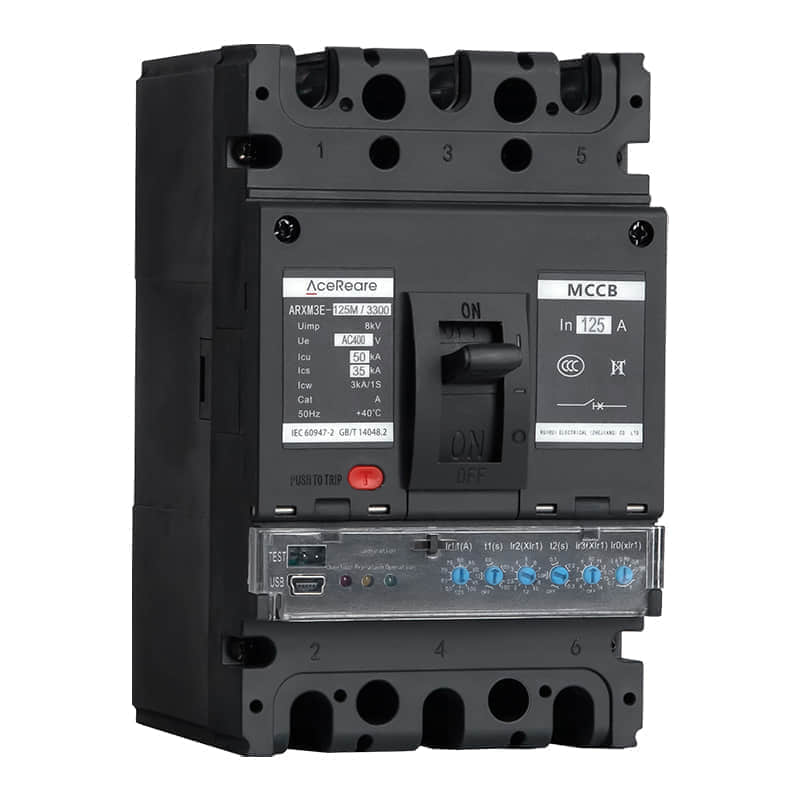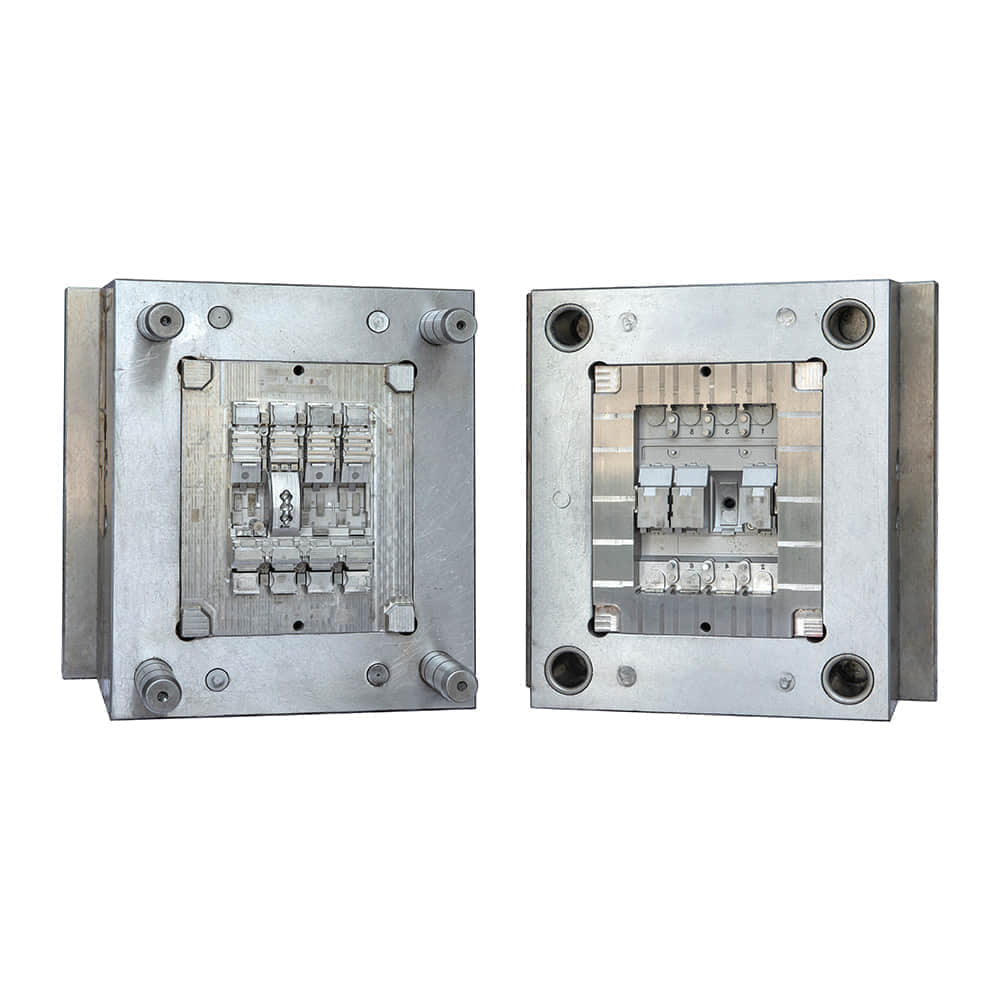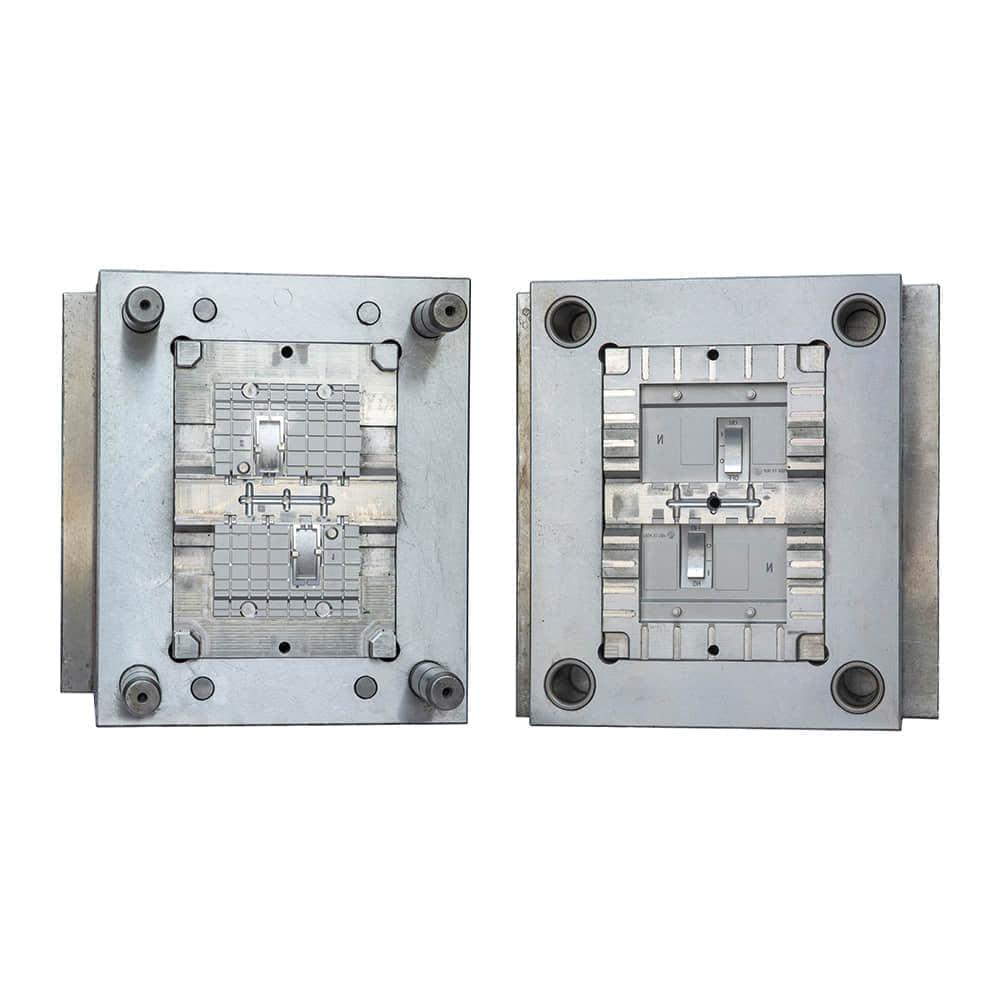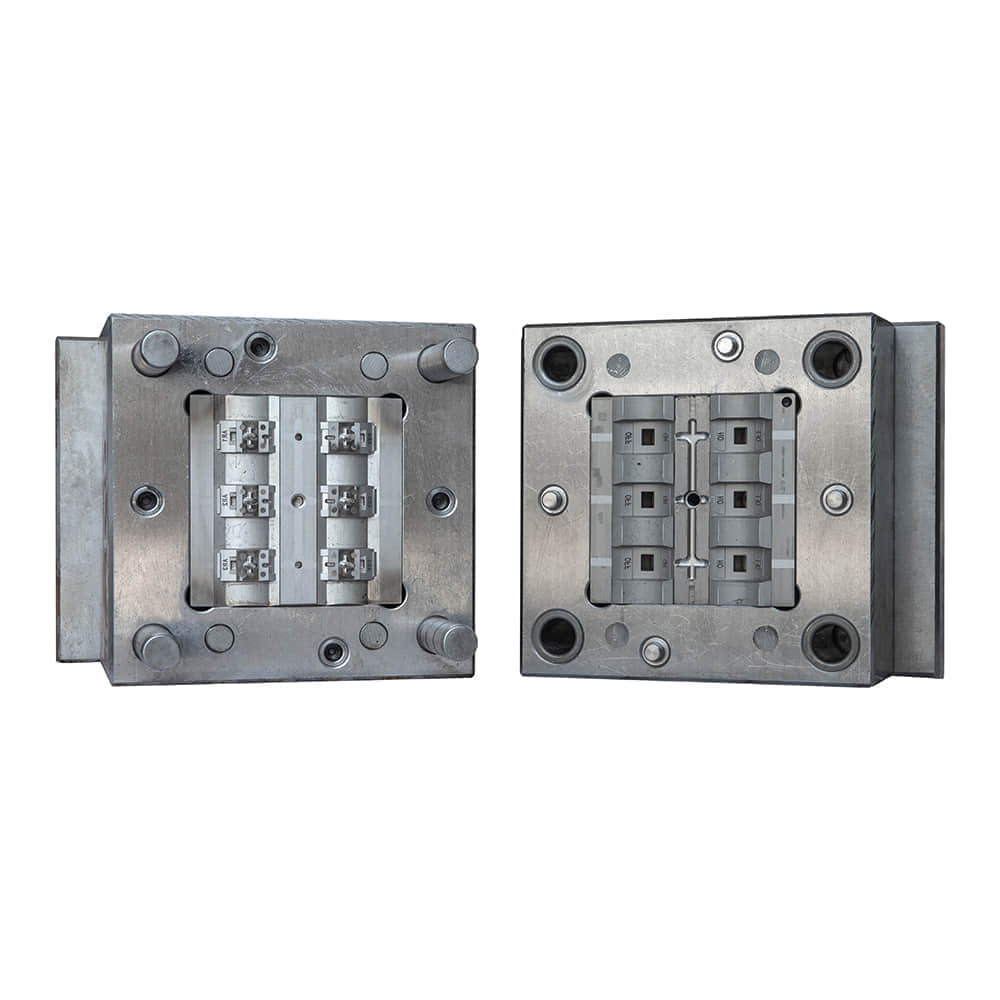Molded Case Switches: A Critical Component in Electrical Systems
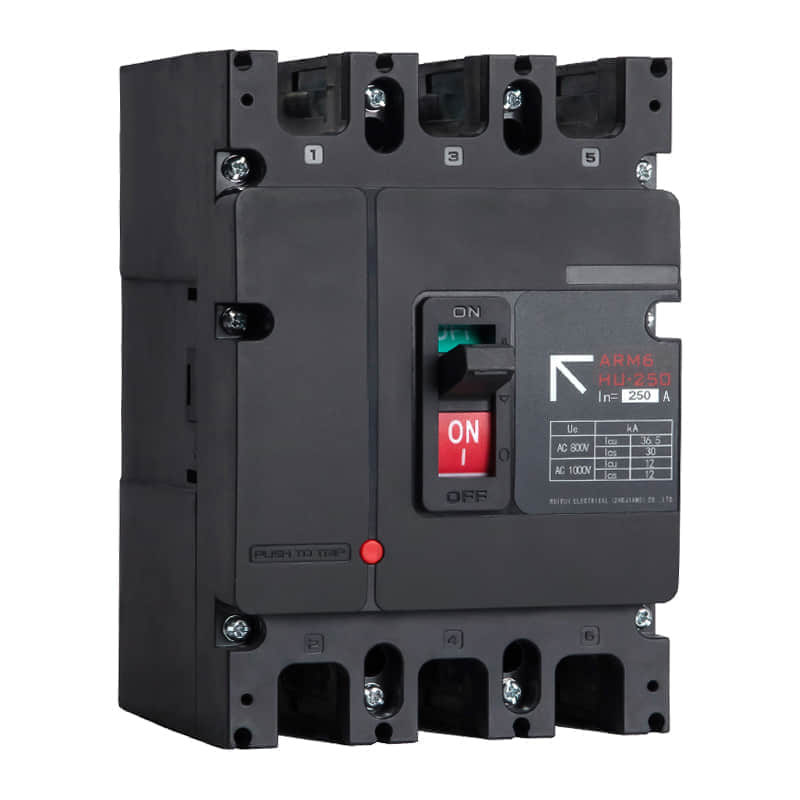
Molded case switches, often referred to as MCCBs (Molded Case Circuit Breakers), are vital components in electrical systems worldwide. These switches play a crucial role in ensuring the safety and reliability of electrical circuits. In this article, we will delve into the world of molded case switches, exploring their design, functions, applications, and importance in various industries.
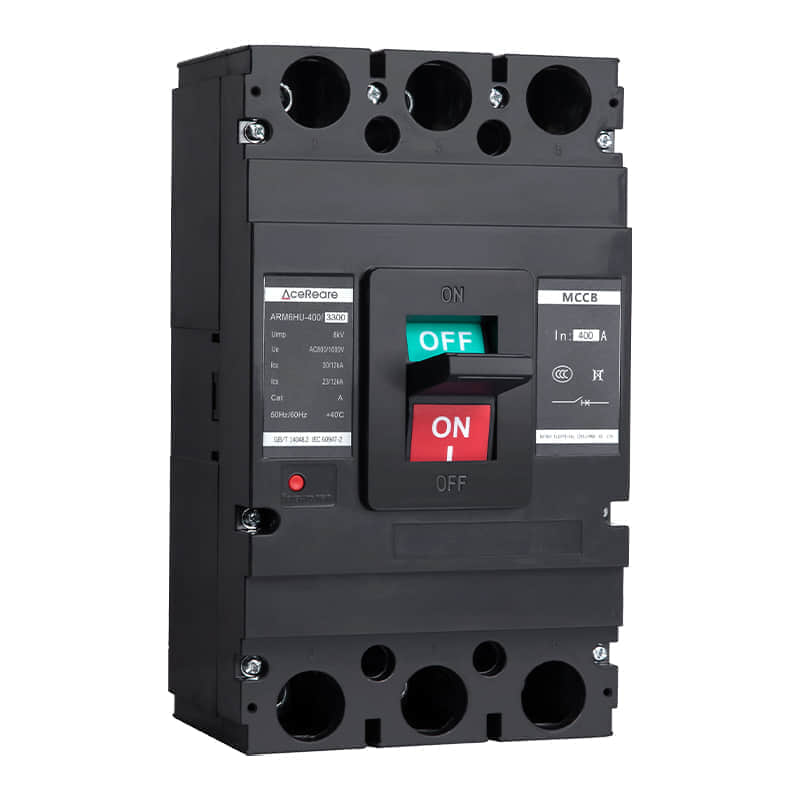
Introduction to Molded Case Switches Molded case switches are electromechanical devices designed to protect electrical circuits and equipment from overcurrents and short circuits. They consist of a switch mechanism housed in a durable, insulated case made of non-conductive materials such as plastic or Bakelite. This protective casing not only shields the switch’s internal components from environmental factors but also enhances safety by preventing accidental contact. How Molded Case Switches Work At their core, molded case switches function as circuit breakers. They interrupt the flow of electrical current when it exceeds safe levels. The switch mechanism comprises a thermal-magnetic trip unit, which responds to both thermal overloads and short-circuit currents. Thermal Protection: The thermal trip element responds to prolonged overcurrent conditions, which can lead to excessive heating. When the current surpasses the rated value for an extended period, the bimetallic strip within the switch heats up and causes the switch to trip, interrupting the circuit. Magnetic Protection: The magnetic trip element reacts to rapid increases in current, such as those caused by short circuits. In such cases, the magnetic field generated by the excessive current forces the magnetic trip unit to actuate, quickly opening the switch and disconnecting the circuit. Applications of Molded Case Switches Molded case switches find applications in a wide range of industries and settings due to their versatility and reliability. Some common applications include: Residential and Commercial Buildings: Molded case switches are used in distribution panels to protect wiring and electrical equipment within homes, offices, and other buildings. Industrial Facilities: They play a critical role in safeguarding machinery, motors, and electrical systems in factories and manufacturing plants. Utilities: Power generation and distribution facilities rely on molded case switches to protect transformers, generators, and transmission lines from electrical faults. Renewable Energy: Wind and solar power installations incorporate molded case switches to protect inverters and control systems. Marine and Aerospace: These switches are essential for ensuring safety and reliability in maritime vessels and aircraft. Benefits of Molded Case Switches Molded case switches offer several advantages, making them a preferred choice in electrical systems: Reliability: They provide dependable protection against electrical faults, reducing the risk of equipment damage and downtime. Ease of Installation: These switches are designed for straightforward installation, simplifying the process for electricians and technicians. Adjustability: Users can often adjust the trip settings to meet specific requirements, ensuring optimal protection for their electrical systems. Longevity: Molded case switches are built to withstand harsh environments and maintain their performance over an extended lifespan. Conclusion Molded case switches are unsung heroes in the world of electrical engineering. Their ability to protect circuits and equipment from overcurrents and short circuits is crucial for ensuring the safety and reliability of electrical systems in various applications. Whether in residential, commercial, industrial, or specialized settings, these switches play a pivotal role in safeguarding lives and assets. Understanding their design and functions is fundamental for anyone involved in the electrical industry.
